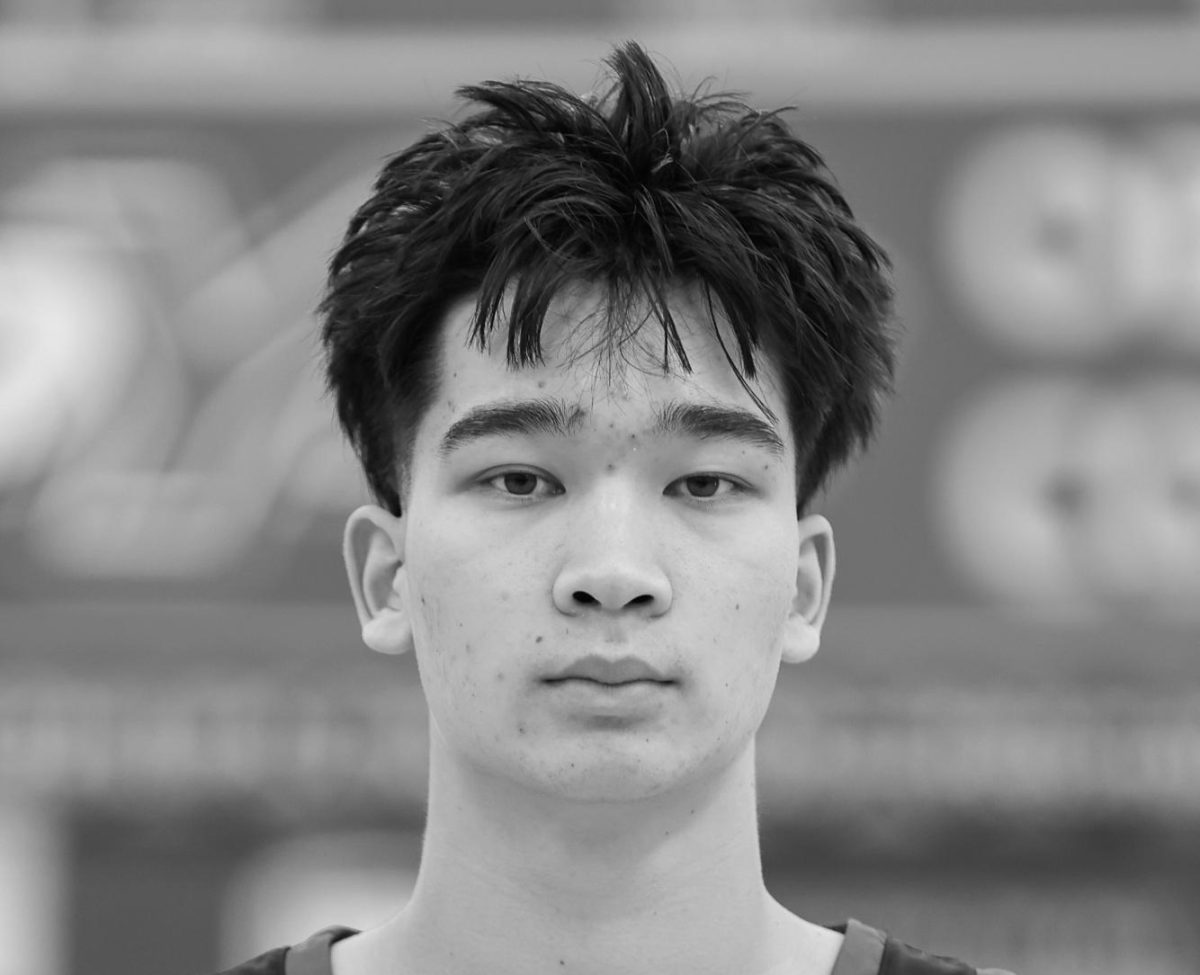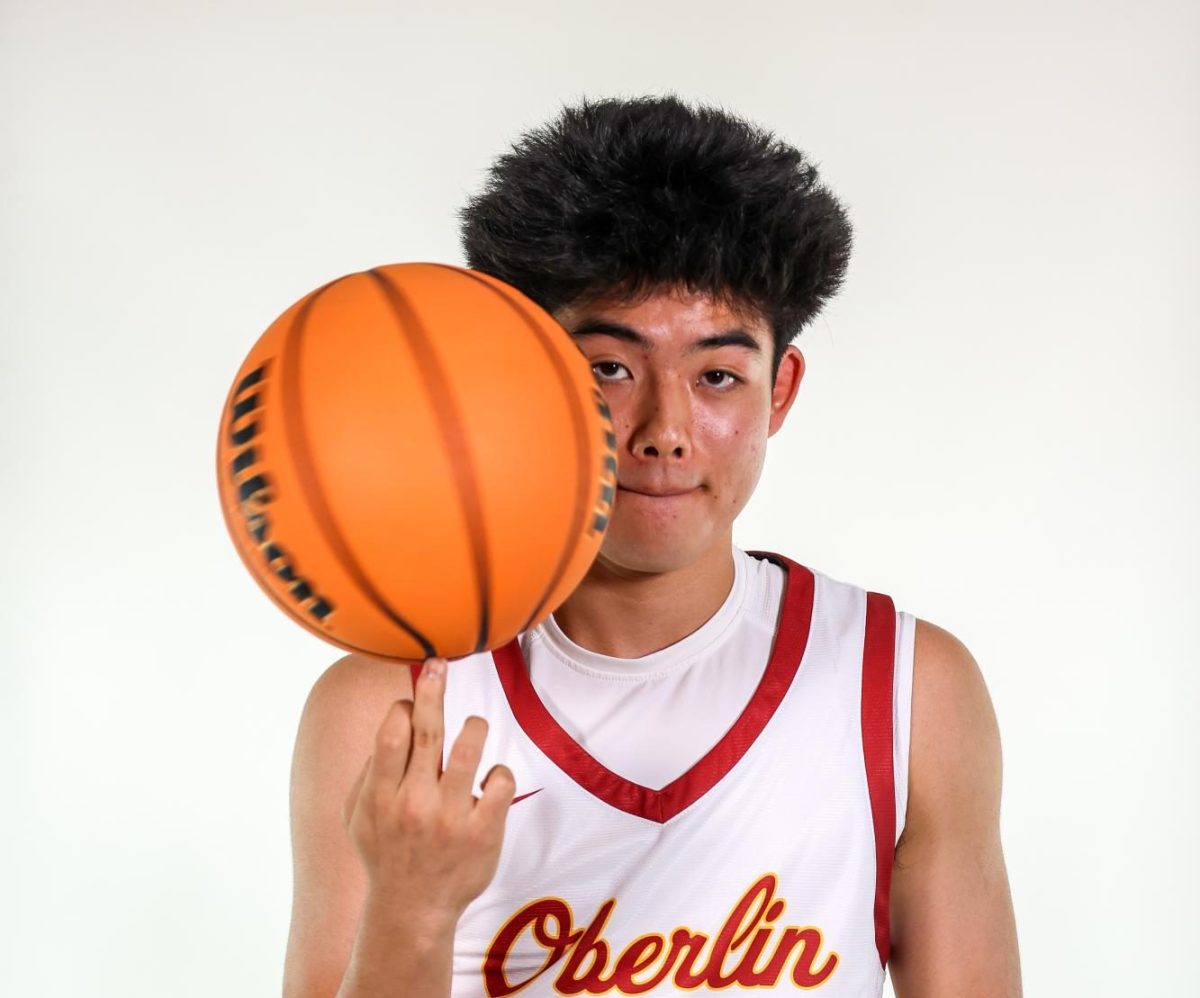Assistant Athletic Trainer JoAnna Simon is an athletic trainer for the Oberlin men’s basketball, football, baseball, and women’s tennis teams. She arrived on campus in 2021, and this piece focuses on her experiences and expertise in the world of football.
This interview has been edited for length and clarity.
What made you want to be an athletic trainer?
I always knew that I wanted to help individuals recover from their injuries. I initially wanted to be a physical therapist, but did not want to work in a clinic all of the time. Growing up I played sports, and when I became injured, there was an athletic trainer that helped me on my road to recovery. In college, I took a pre-athletic training course and fell in love with athletic training. It was the best of both worlds; not only could I work on helping individuals return to sport, but I would be able to be around sports.
Where did you study?
I attended Troy University for my Bachelor of Science in athletic training, Alcorn State University for my Master of Science in secondary education- athletic administration and coaching, and I am currently enrolled at A.T. Still University for a Doctor of Athletic.Training degree.
Why did you choose to work at Oberlin?
I chose to work at Oberlin for a couple of different reasons. First off, I wanted a change of scenery after living in the South my entire life. I also wanted to experience working with multiple sports that were out of my comfort zone and I wanted to work at a prestigious institution.
What are the most common injuries you see in football players, both in games and during practice?
The most common injuries that I see in practices differ from games. Usually in practice — non-contact/NFL tempo — I will see occasional sprains, contusions, or strains. In games, the intensity is higher so there is a greater risk of injury. These injuries still consist of sprains, contusions, and strains; but more often there will be concussions, dislocations, and fractures.
How do injuries in football differ from other contact sports?
I believe that injuries in football do not differ from injuries seen in other contact sports, but the frequency of injuries may be the only difference, because football is a high impact and high intensity sport.
How prevalent are concussions in American football, and how are they usually diagnosed?
Concussions are quite prevalent in American football and are usually diagnosed by a subjective measure such as the patient re porting symptoms, and an objective measure such as a computerized exam —ImPACT or Sway.
What steps can players take to reduce their risk of injury during the season and in the offseason?
In season, players should learn proper tackling techniques, eat well, and get adequate rest. During the offseason, players should rest and take care of any lingering issues from the season and limit participation in activities that have a high risk of injury.
How important is strength and conditioning when it comes to preventing injuries in football?
I think strength and conditioning is very important in relation to football; however, I do not think that injuries can be prevented just because of strength and conditioning. Nick Chubb is an example.
What is the typical recovery process for a player who sustains a serious injury like a torn ACL or a broken bone?
For a torn ACL, the recovery process consists of physical therapy to relearn how to walk, strengthen the quadriceps, hamstring, glutes, and other lower body musculature since it will atrophy post-surgery. The athlete will also have to regain confidence before returning to the sport that caused the injury. A broken bone will usually need a cast or surgery; depending on the body part and sport, the athlete may be able to play with a broken bone. The athlete will have to regain strength and range of motion of the joint and surrounding soft tissue — ligaments, tendons, muscles.
How do you balance helping a player recover quickly while also ensuring they don’t return to the field too soon?
I try to be honest with the pros and cons of playing with an injury. If range of motion and strength is equal when compared bilaterally and the player is able to perform with minimal pain then they will be able to play. Helping a player recover quickly can be achieved through various rehabilitation and treatment — massage, cupping, et cetera — techniques, but it is easy to tell when a player is not ready to return to activity based on observations of body language —wincing in pain, ‘shaking’ body part ‘out’ — and mechanics when participating in activity.
What are the long-term physical consequences of playing football at a high level for many years?
Chronic traumatic encephalopathy has been a hot topic in the past few years with NFL athletes. I believe that this is the biggest long-term physical consequence that we will not know about until someone has passed.
Have you seen or heard of players struggling with chronic pain, arthritis, or other long-term issues after their football careers?
I have not seen or heard of players struggling with chronic pain, arthritis or other long-term issues. I believe that this is largely in part to the population that I treat which has been college-aged athletes who usually continue physical activity after playing football.
How can players mitigate the risk of long-term damage to their joints, ligaments, and muscles?
I think this is a difficult question to answer. I believe that there will be some long-term damage just due to the nature of the sport of football, but if players are honest with themselves, coaches, physicians, and athletic trainers when something is bothering them then we will be able to tailor activity and treat the injury so that any long-term damage can be minimized.












